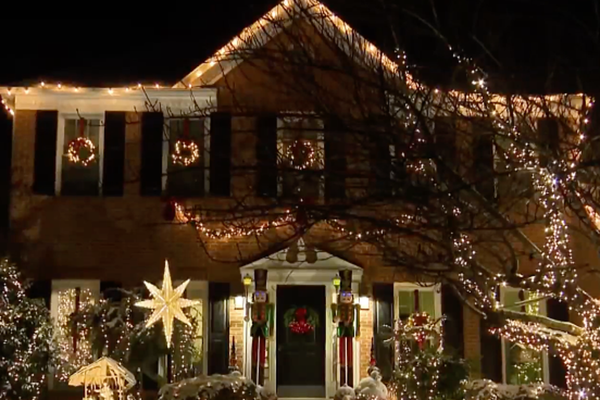A magnitude-7.8 earthquake that struck south-east Türkiye and Syria, levelling buildings in both countries, has killed more than 2,800 people.
The death toll in Türkiye has risen, while more than 11,000 people have been injured there, with both figures still expected to rise.
Türkish President Tayyip Erdoğan said Monday's earthquake was the strongest since December 1939, when a magnitude-7.8 tremor struck the country's north-east.
Another earthquake measuring magnitude-7.7 struck central Türkiye following the initial quake, with the Syrian capital of Damascus also hit.
At least 968 people were killed and another thousand injured in Syria, according to the nation's state news agency.
Australian Prime Minister Anthony Albanese said in a tweet that all Australians were "deeply saddened" by the loss of life in Türkiye.
He said the Department of Foreign Affairs and Trade was not aware of any Australians caught up in the earthquake and he advised Australians in the area to follow the advice of local officials.
The earthquake, which struck in the early hours of Monday morning local time, lasted for about a minute and was felt as far away as Cairo.
The US Geological Survey said the quake was centred about 33 kilometres from Gaziantep, a major city and Turkish provincial capital.
It hit 18 kilometres deep, and a strong magnitude-6.7 aftershock rumbled about 10 minutes later.
The quake triggered a tsunami alert for coastal areas of southern Italy, which has since been lifted.
Buildings were reported collapsed in a wide area extending from Syria's cities of Aleppo and Hama to Diyarbakir in Türkiye, more than 330km to the north-east.
Nearly 900 buildings were destroyed in Türkiye's Gaziantep and Kahramanmaras provinces, Türkiye's Vice-President Fuat Oktay said.
A hospital collapsed in the Mediterranean coastal city of Iskanderoun, but casualties were not immediately known, he said.
"Unfortunately, at the same time, we are also struggling with extremely severe weather conditions," Mr Oktay told reporters.
About 2,800 search and rescue teams have been deployed in the disaster-stricken areas, he said.
The quake heavily damaged Gaziantep's most famed landmark, its historic castle perched atop a hill in the centre of the city.
Parts of the fortress's walls and watch towers were levelled and other parts heavily damaged, images from the city showed.
Earlier, Mr Erdoğan said "search and rescue teams were immediately dispatched" to the areas hit by the quake.
"We hope that we will get through this disaster together as soon as possible and with the least damage," he wrote on Twitter.
At least 20 aftershocks followed, some hours later during daylight, the strongest measuring 6.6, Turkish authorities said.
"Our priority is to bring out people trapped under ruined buildings and to transfer them to hospitals," Turkish Interior Minister Suleyman Soylu said.
Türkiye sits on top of major fault lines and is frequently shaken by earthquakes.
Some 18,000 people were killed in powerful earthquakes that hit the north-west of the country in 1999.
Buildings collapse in Aleppo, Hama
In north-west Syria, the opposition's Syrian Civil Defence described the situation in the rebel-held region as "disastrous", adding that entire buildings had collapsed and people were trapped under the rubble.
The civil defence urged people to evacuate buildings and to gather in open areas.
Syria's state media reported that some buildings collapsed in the northern city of Aleppo and the central city of Hama.
In Damascus, buildings shook and many people went down to the streets in fear.
The earthquake was also felt in Lebanon.
The quake jolted residents in Lebanon from beds, shaking buildings for about 40 seconds.
Many residents of Beirut left their homes and took to the streets or drove in their cars away from buildings.
Parts of the Middle East are experiencing a snowstorm that is expected to continue until Thursday.
AP/Reuters/ABC







